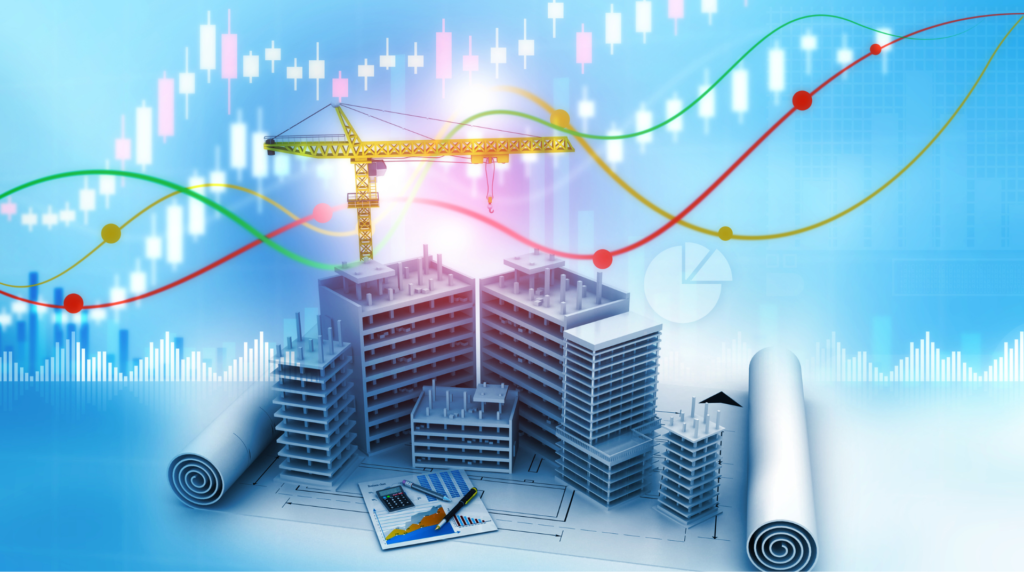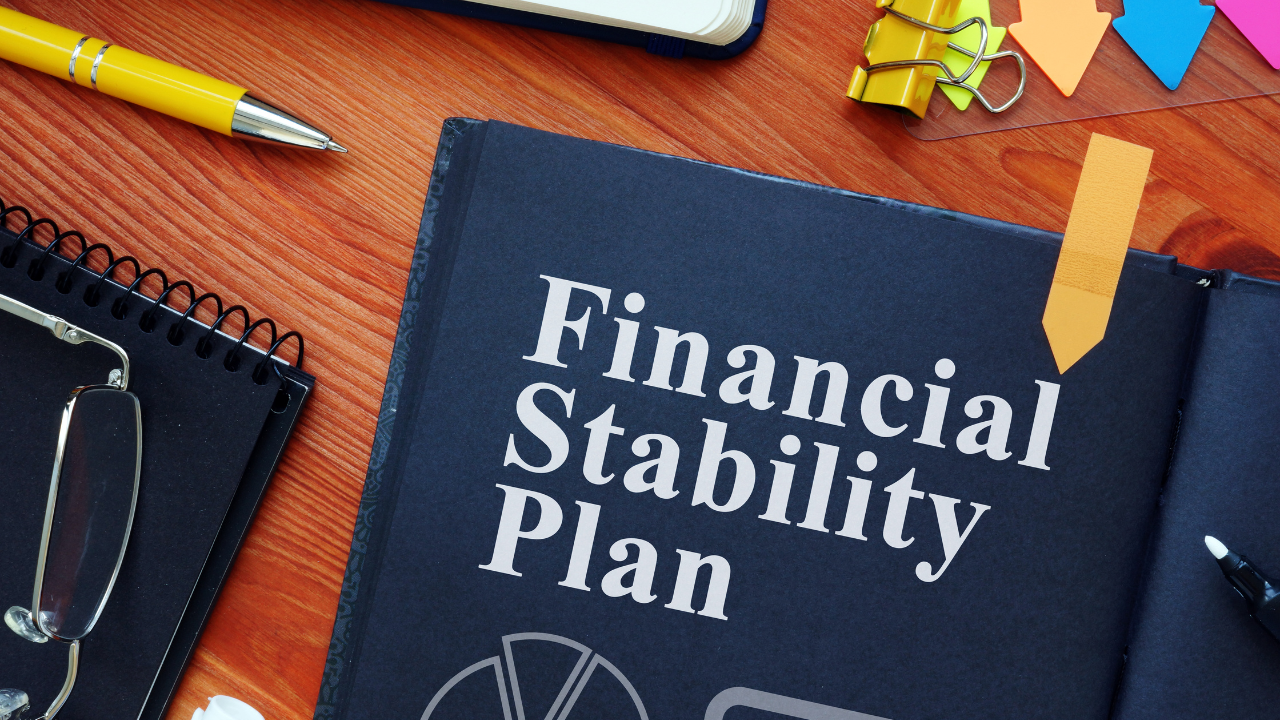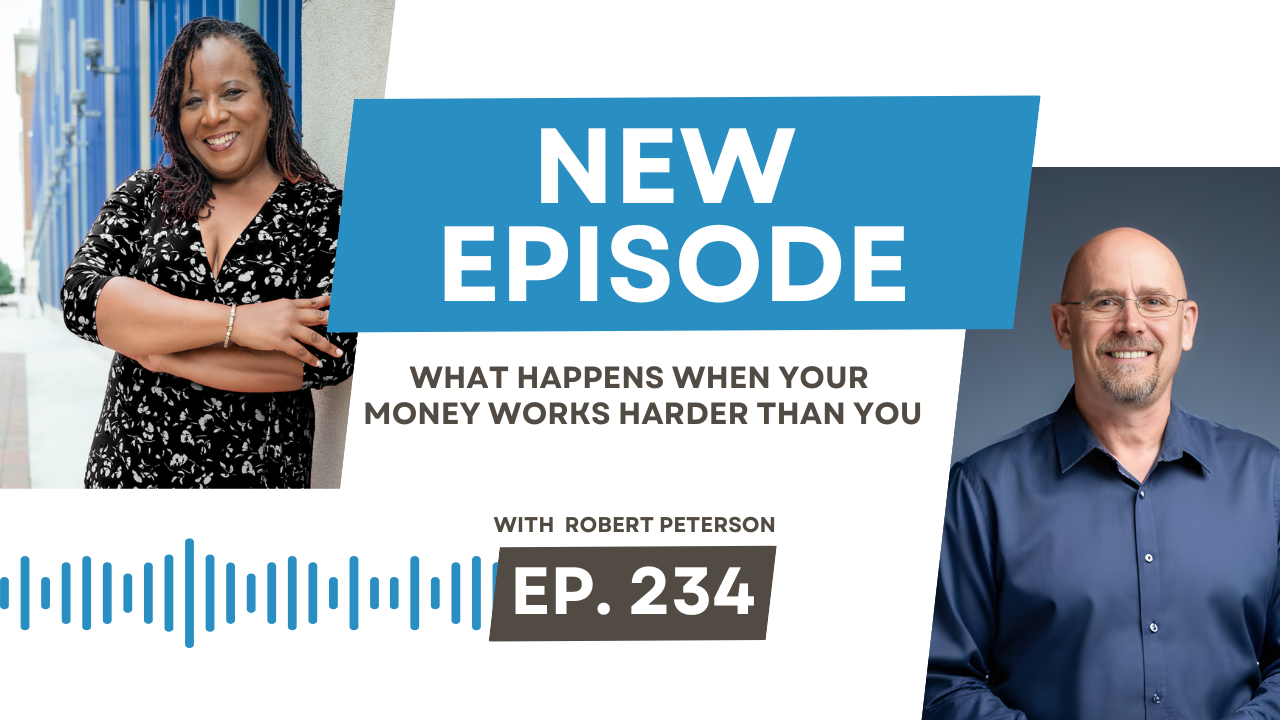Real estate investing has become an increasingly popular avenue for wealth creation, with countless individuals exploring the world of virtual investments. In today’s digital age, as discussed in the recent podcast episode with Jonathan Greene, the allure of virtual investors and remote property acquisition is undeniable. However, a fundamental aspect of real estate investing cannot be overlooked – the physical condition of a property.
This article will delve into the critical importance of in-person property inspections in real estate investments. We’ll discuss the challenges virtual investors might face, the significance of being “on the ground” and understanding real estate assets, and why relying solely on online research can be risky. Join us as we explore the value of boots-on-the-ground experience in real estate investments.

-
- The Pitfalls of Virtual Investing
Virtual investors have embraced technology’s convenience in pursuing real estate wealth. They can quickly scan listings online, view images, and even engage in remote transactions. However, there’s a caveat to this approach, and it revolves around the limitations of the virtual world.
When you invest remotely, you may not have the opportunity to assess the property’s physical condition personally. You may be unaware of issues hidden beneath the surface. For example, sunk costs can lurk in basements and mechanical systems, such as plumbing or electrical, might have unseen problems.
Structural issues are another concern. You may not notice a sagging floor or misaligned walls from afar. These issues could substantially impact the property’s value and your potential profit. Relying solely on images and descriptions can lead to unpleasant surprises.
- The Pitfalls of Virtual Investing
-
- The Value of “Boots on the Ground”
To truly understand real estate assets and make sound investment decisions, boots-on-the-ground experience is invaluable. There’s no substitute for physically visiting a property, walking through its rooms, and inspecting every nook and cranny. When on-site, you can smell potential problems, feel the structure’s anomalies, and assess the property’s overall condition.
For example, if you’re considering investing in a different city, it’s wise to start by looking at houses in your local area. Familiarize yourself with the typical issues and challenges that houses exhibit. This house inspection practice in your backyard can be a learning experience. You’ll start recognizing signs of trouble, such as mold or structural concerns, and understand how they impact a property’s viability.
- The Value of “Boots on the Ground”

- The Dangers of Scaling Too Quickly
In the age of social media, there’s often an immense pressure to scale quickly in real estate. Many believe they can become millionaires within a year by taking the path of least resistance, such as becoming a wholesaler. While it’s true that real estate can be a lucrative field, it’s equally valid that hasty scaling can lead to mortgage issues and potential financial disaster.
Without a solid foundation of knowledge, rushing into virtual investing can result in significant setbacks. In-person property inspections and a solid understanding of real estate assets are the pillars upon which successful investments are built. Scaling should be a gradual and calculated process.
In real estate investing, the allure of virtual investments is undeniable, but so are the potential pitfalls. Achieving success in this profitable industry requires finding the proper equilibrium. Although technology offers advantages, it should never supplant the vital practice of conducting in-person property inspections. Becoming a successful real estate investor means recognizing the value of boots-on-the-ground experience and taking the time to understand the fundamentals of real estate assets.
Investing in real estate can be rewarding, but it demands careful consideration, research, and a willingness to learn.
Combining the best virtual and in-person approaches allows you to position yourself for long-term success in the ever-evolving real estate market.






